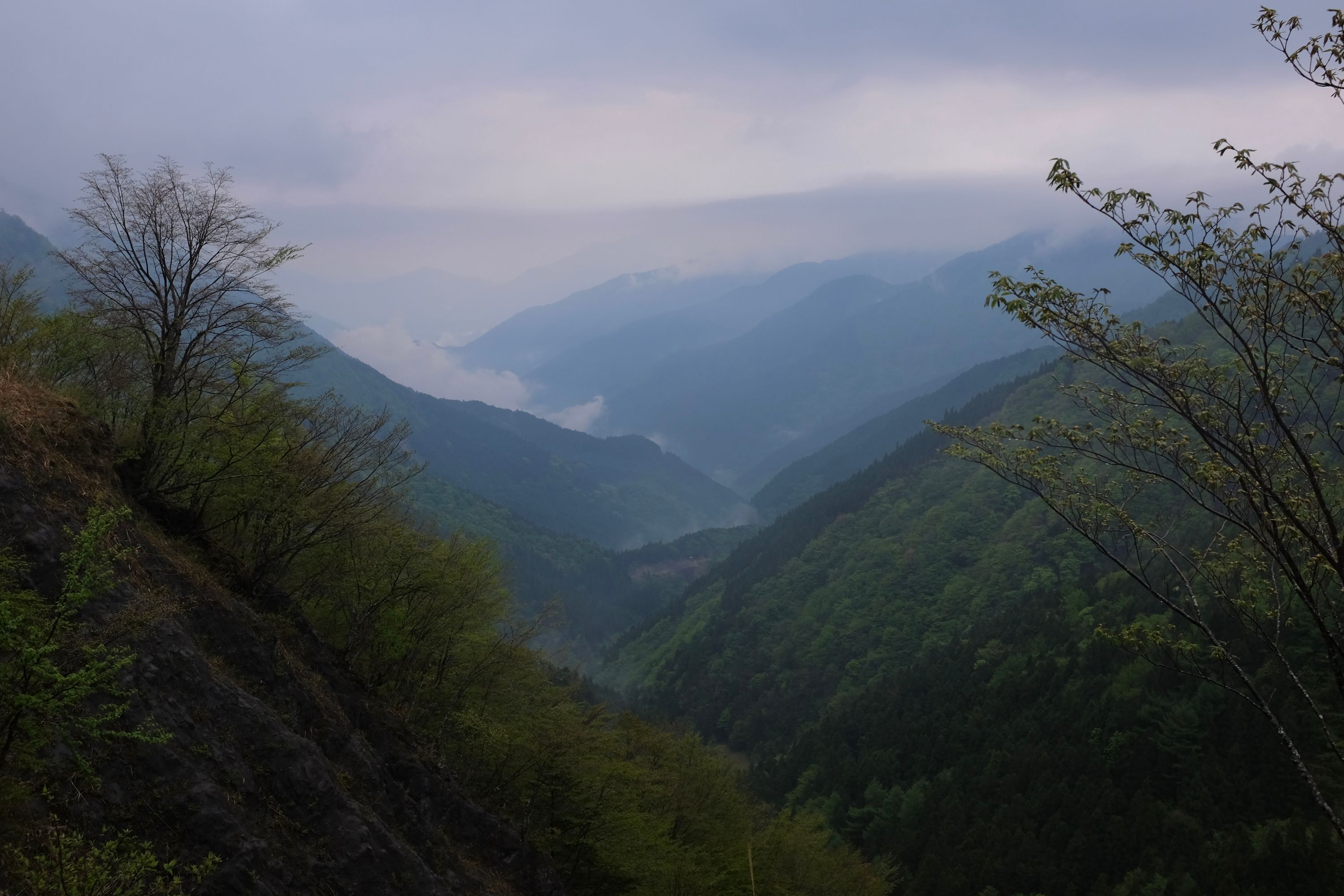Day 35 (May 17, 2017)
Kubo, Tokushima → Mount Tsurugi → Kawai, Tokushima


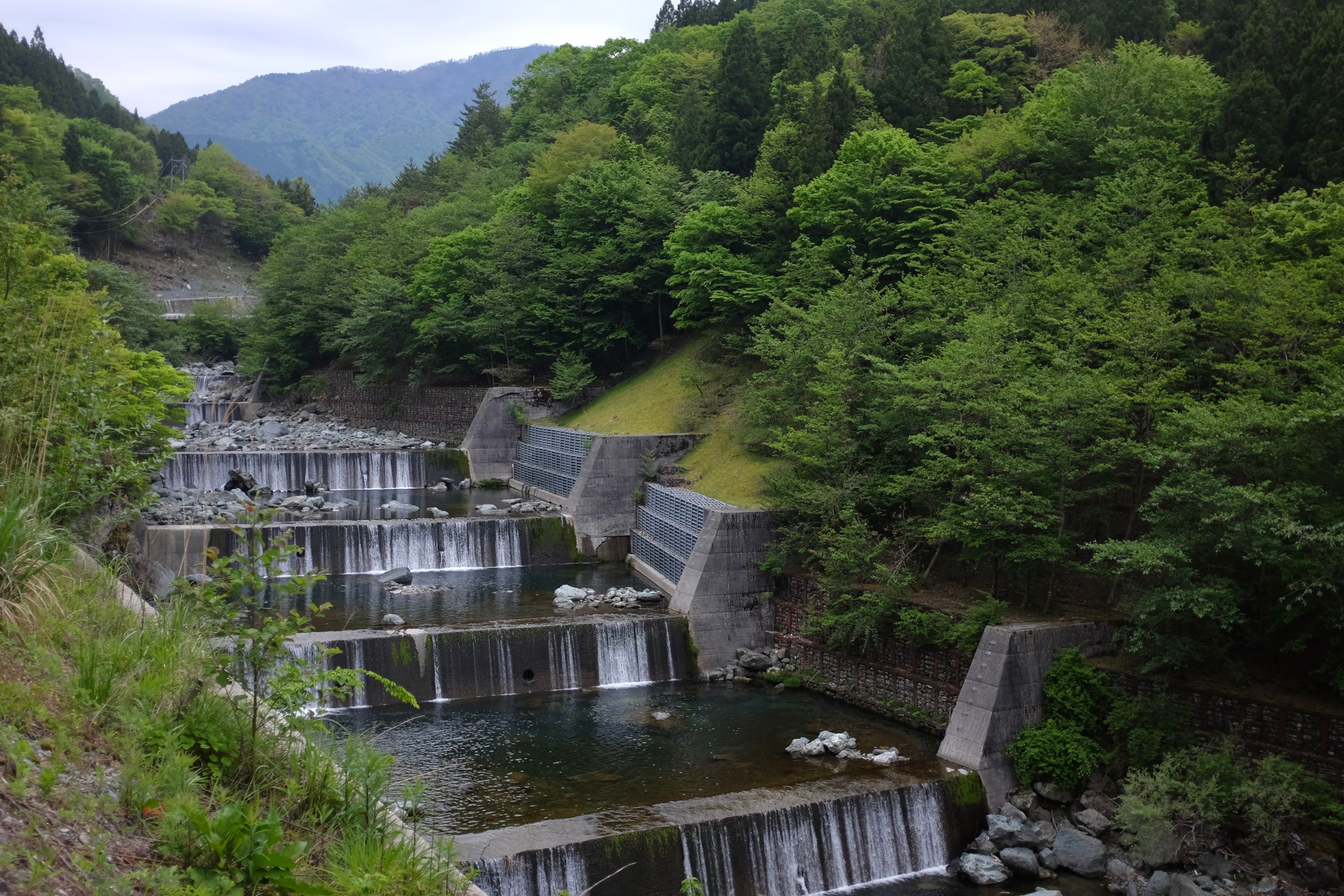
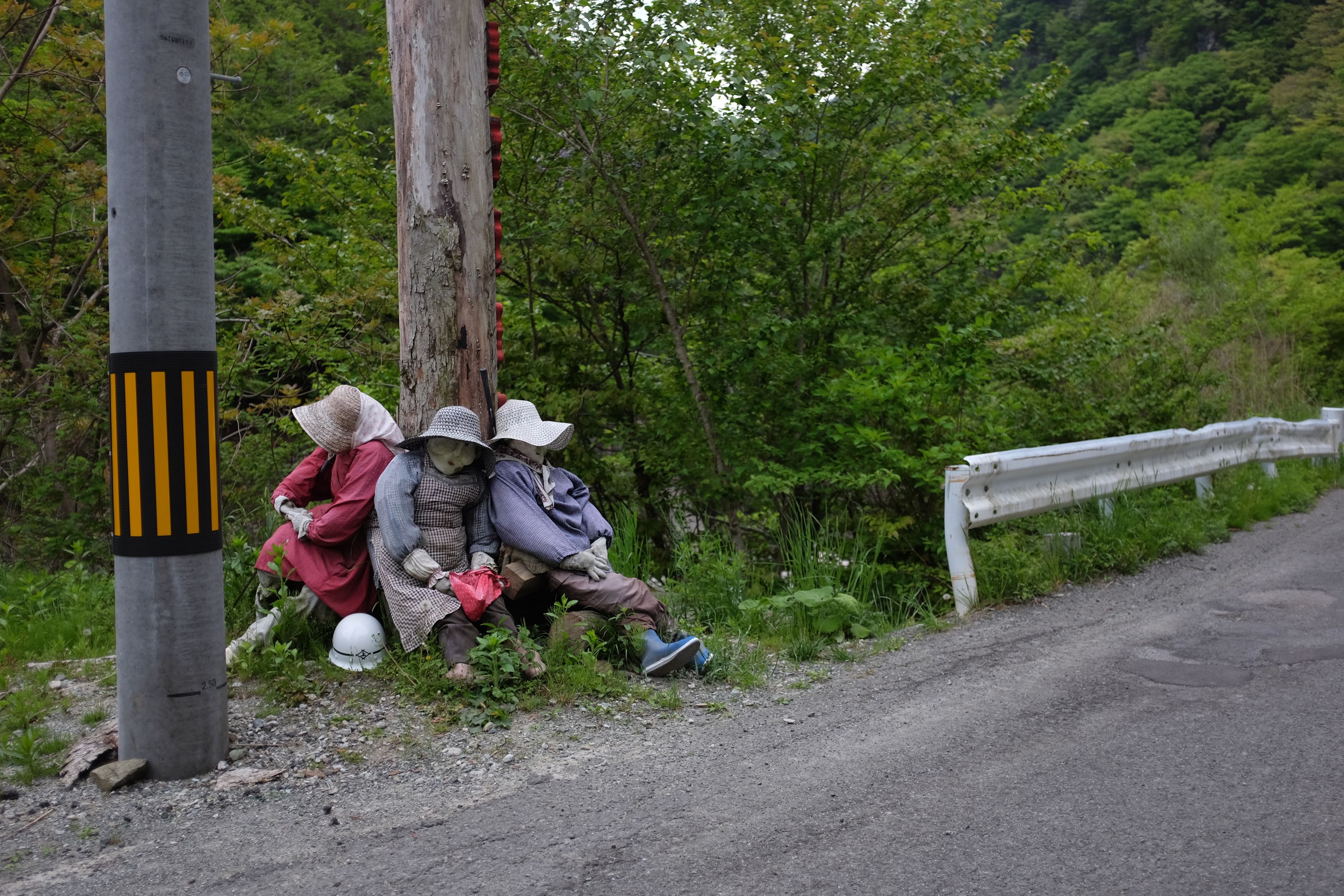

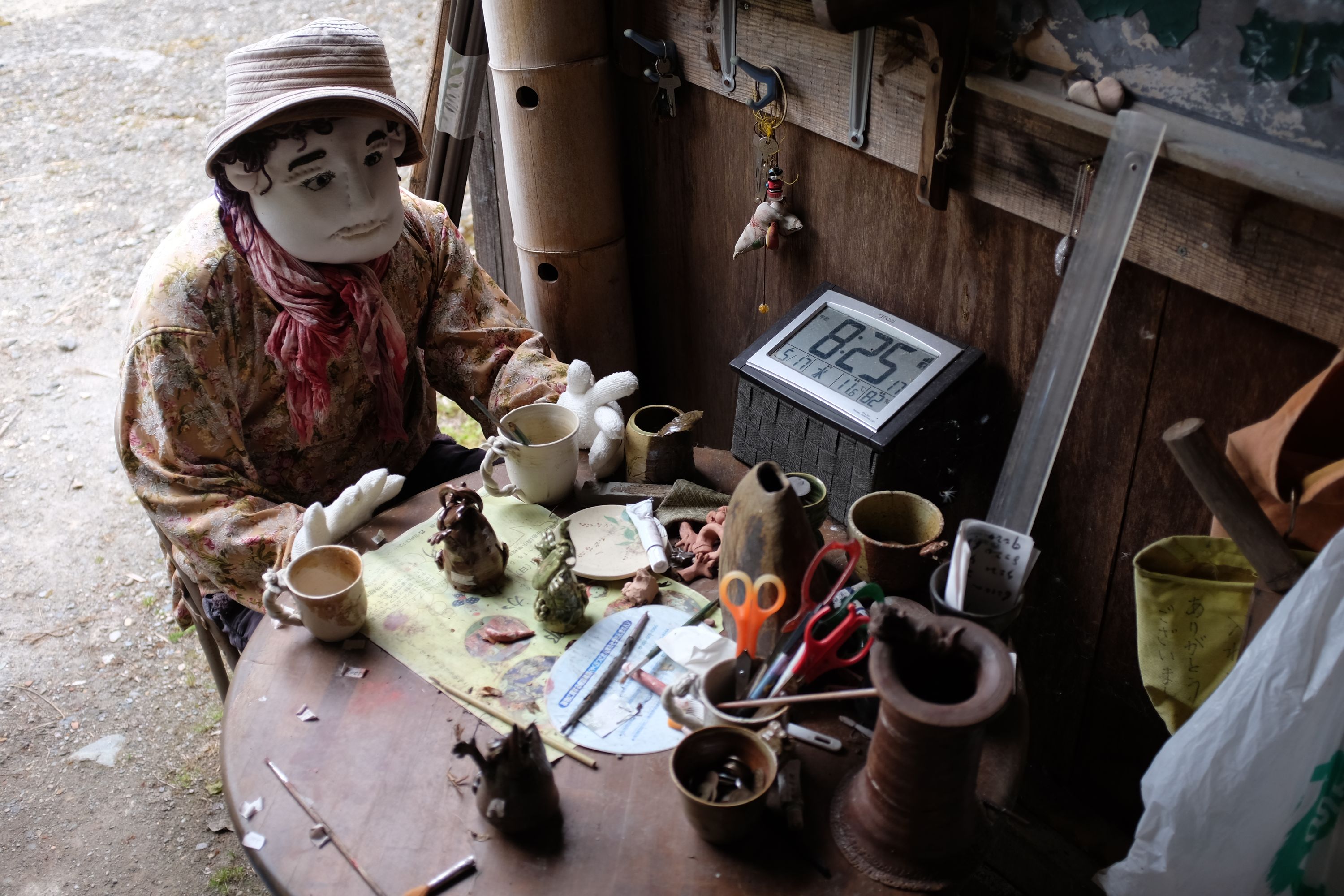

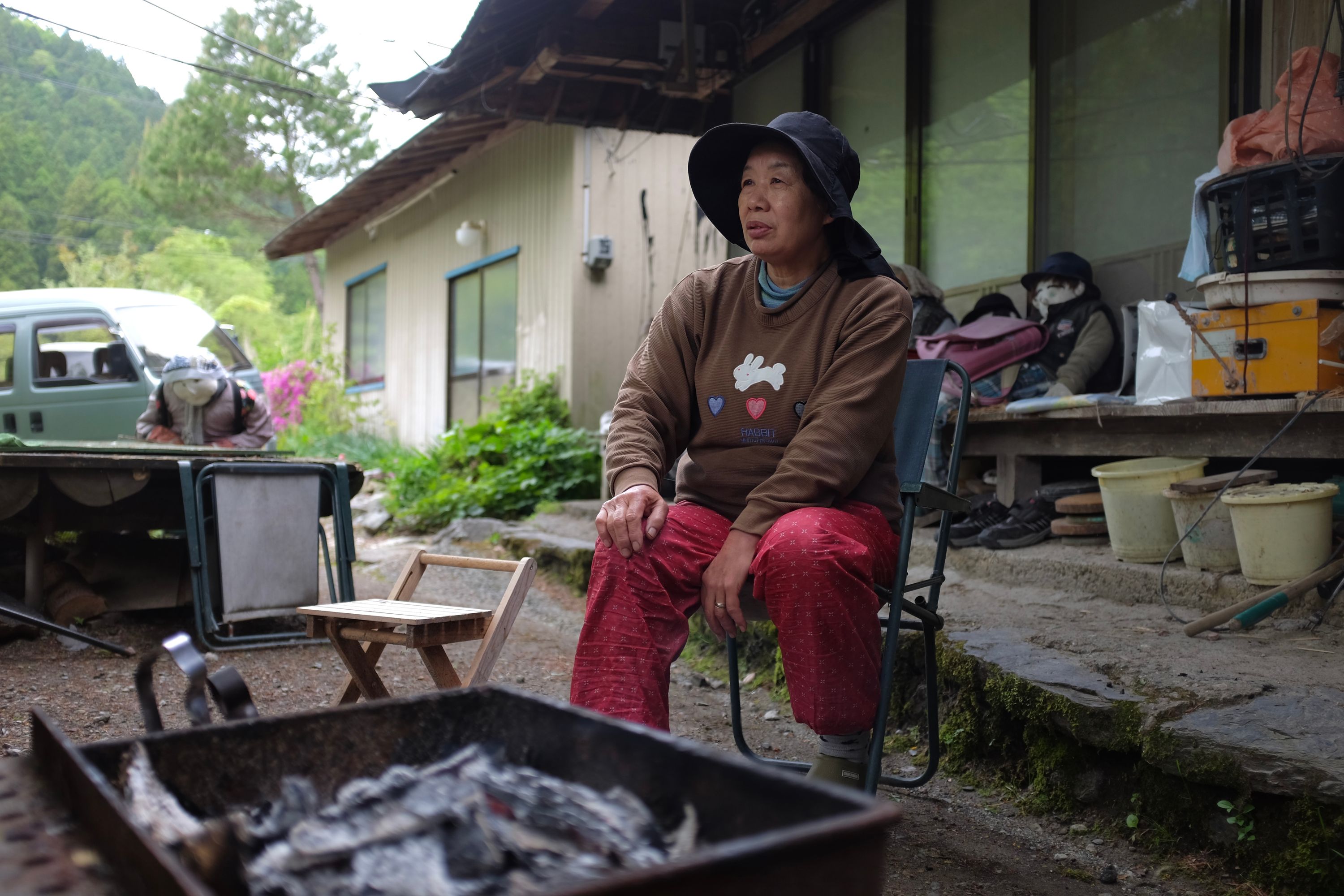
I had known of Ayano Tsukimi before I walked up to her porch on a cold mountain morning. She’s the star of Fritz Schumann’s The Valley of Dolls, a documentary about her epic art project of populating Nagoro, her village in the upper Iya Valley, with dolls of the departed and the dead.
We warmed ourselves by a charcoal fire with two of her human neighbors, and she brought me an exquisite breakfast of mountain vegetables she had picked. “That’s my 86-year-old father, weeding the garden” she said, pointing to one of the few living humans in the landscape.
Nagoro was a day’s walk from the nearest train station, and it was like a hundred villages I had walked through, but she had turned what is otherwise only hinted at by collapsing houses, abandoned cars, and overgrown orchards, into a brutal and explicit statement: that this is a dying land, there’s nothing anyone can do about it, and it will die with her.
She showed me winter pictures of Nagoro: snow up to her knees, her old house heated by a wood-burning furnace. The turquoise waters and the emerald mountains can never compete with convenience stores and central heating.
I walked out of Nagoro in the company of ghosts, and I cried until I couldn’t cry anymore, then I walked until I couldn’t walk anymore, into the clouds crashing on the summit of Mount Tsurugi.
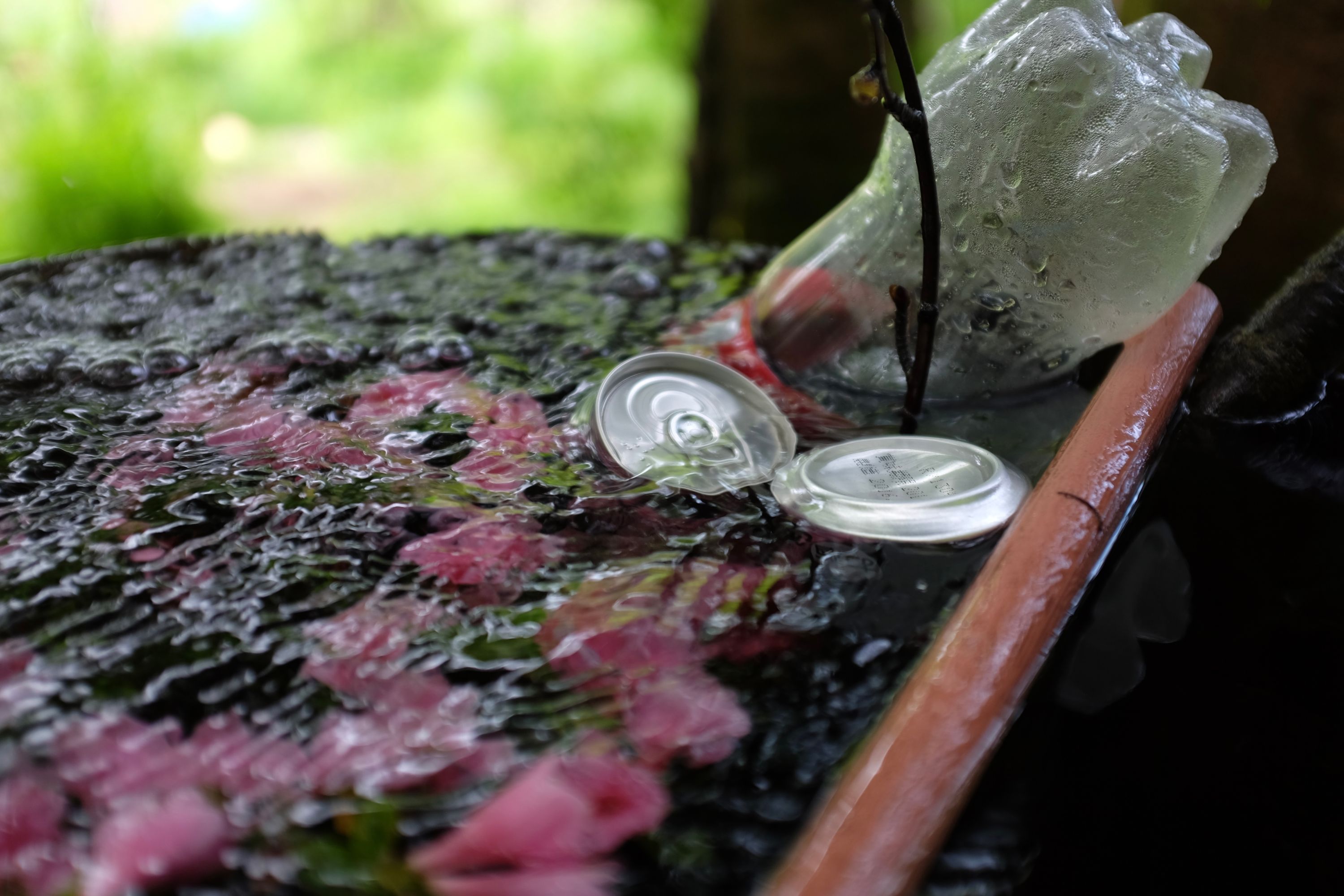
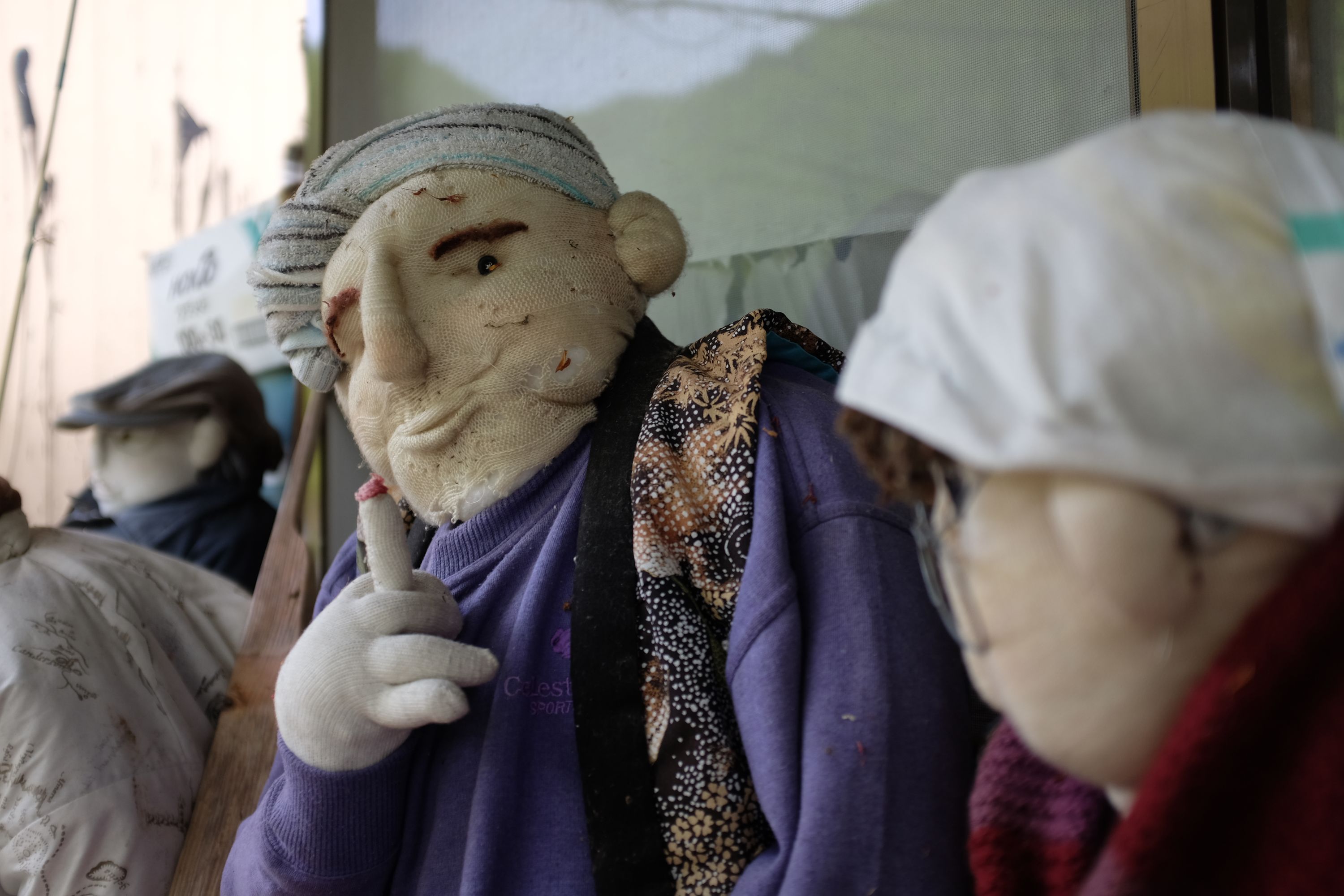
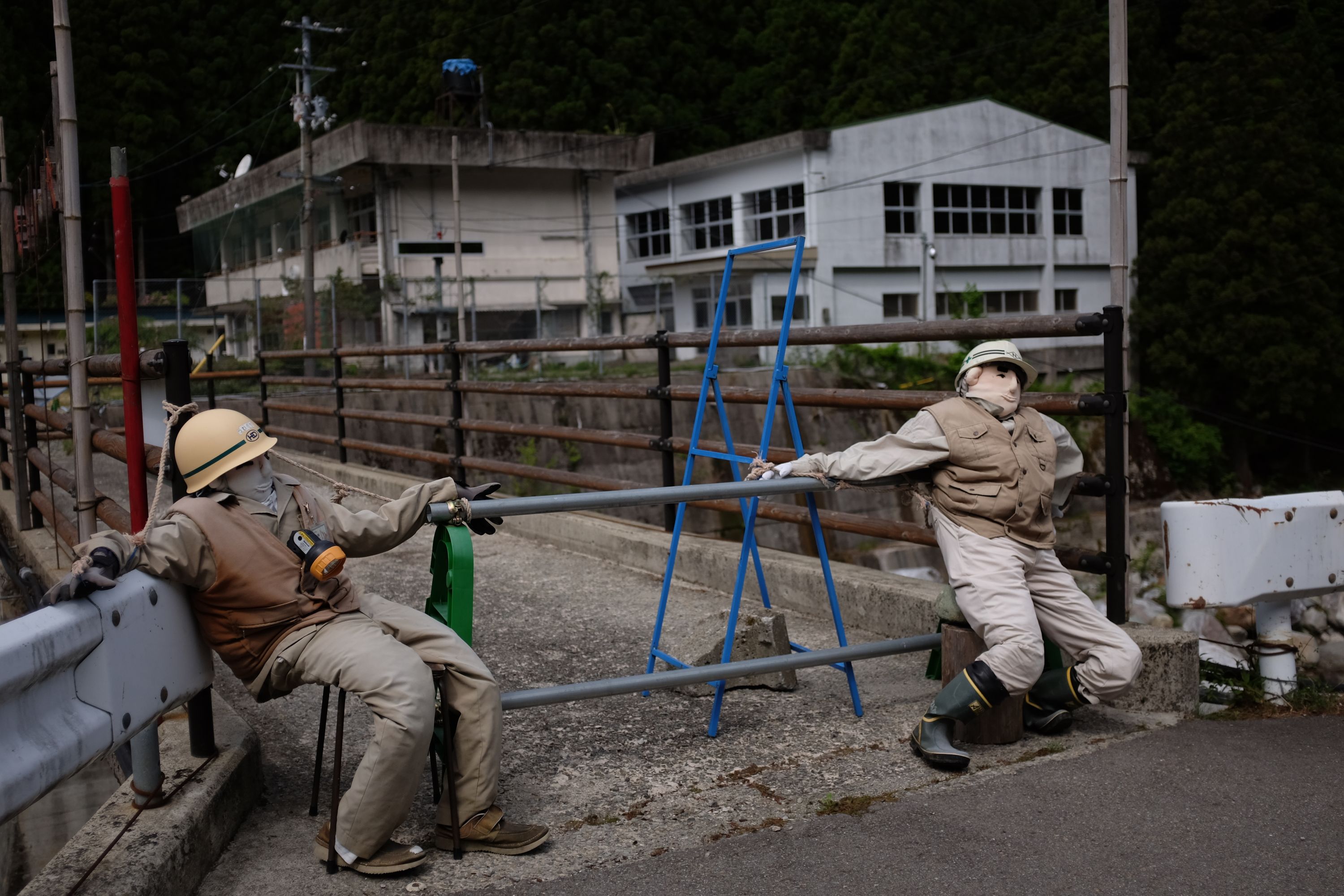
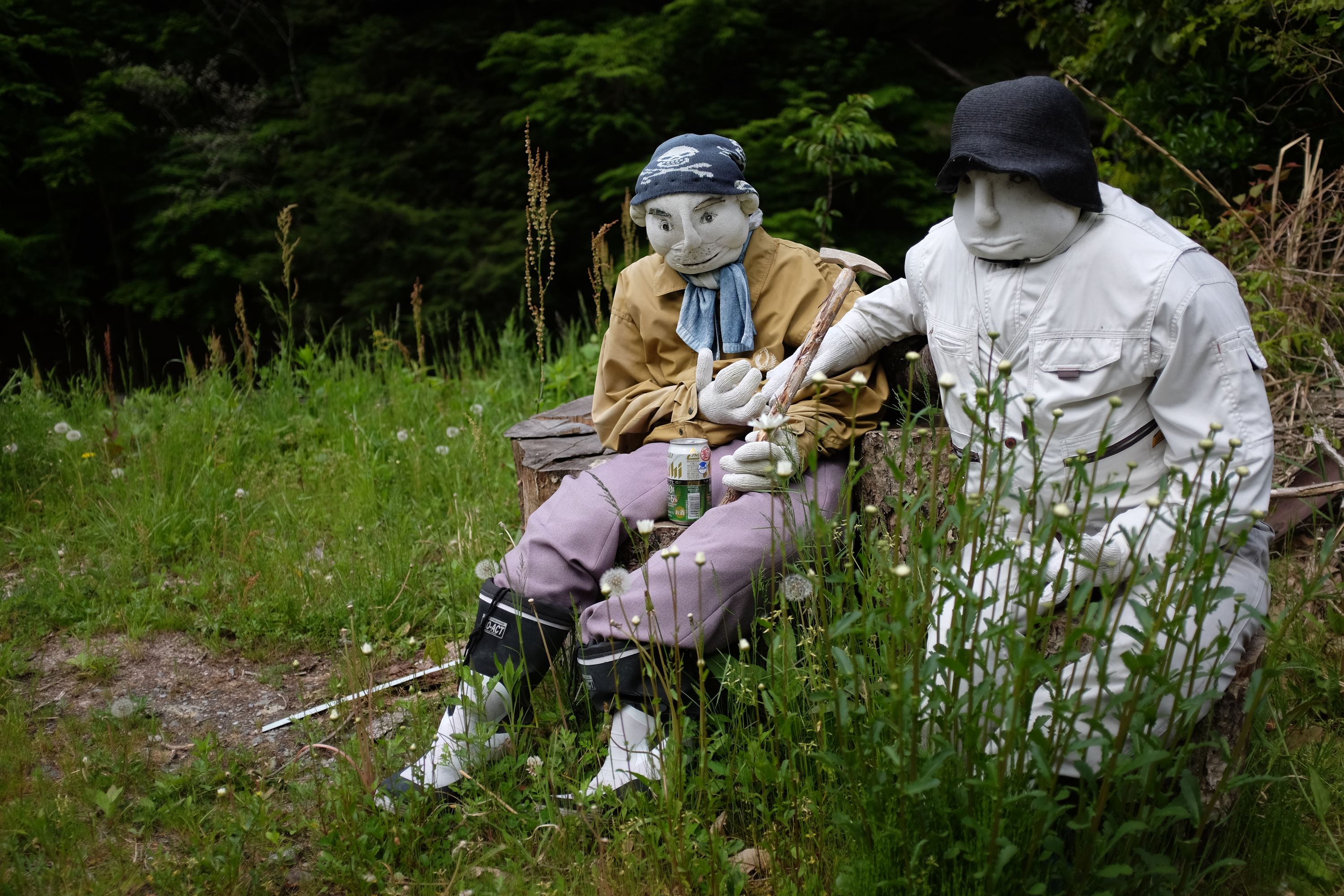
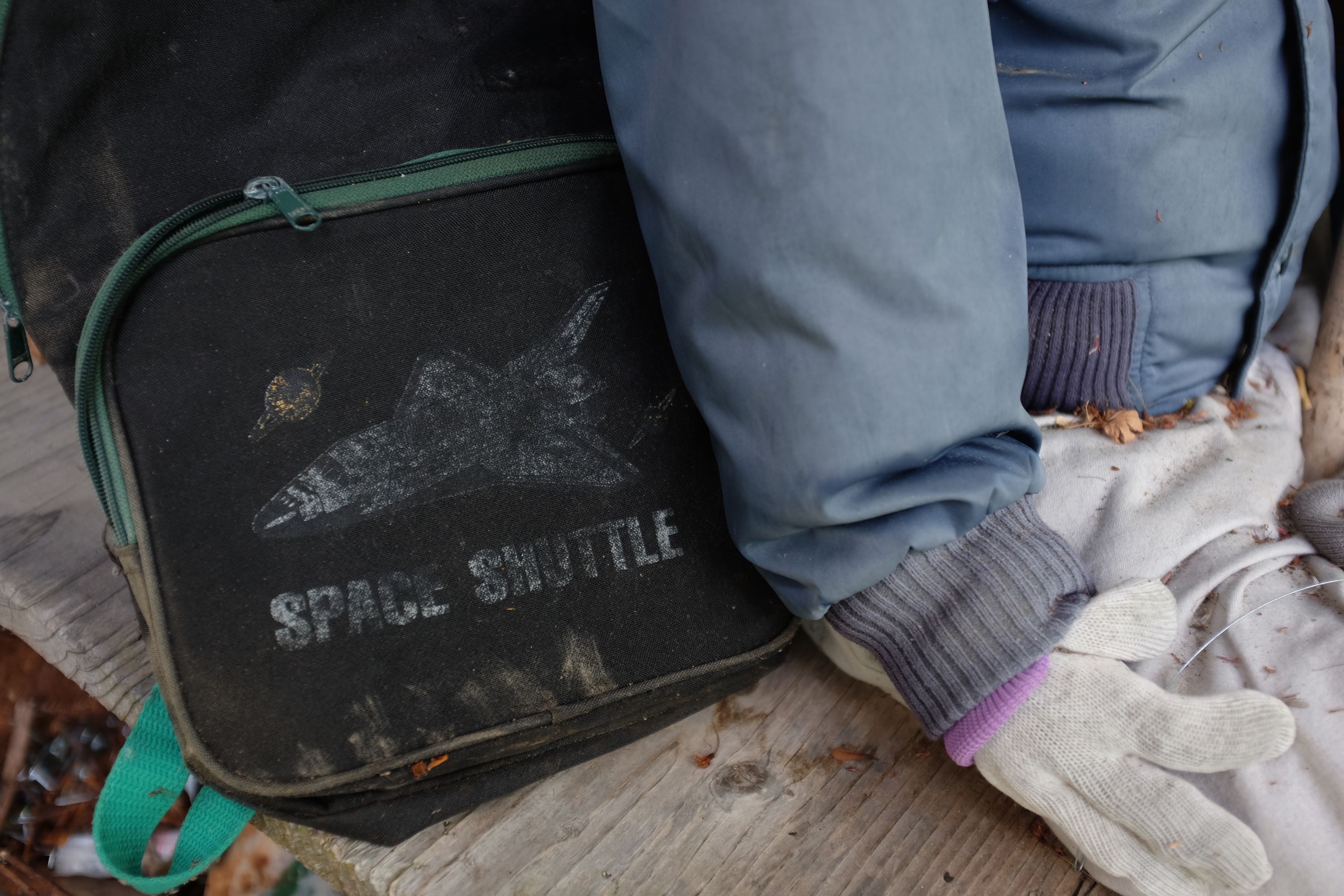
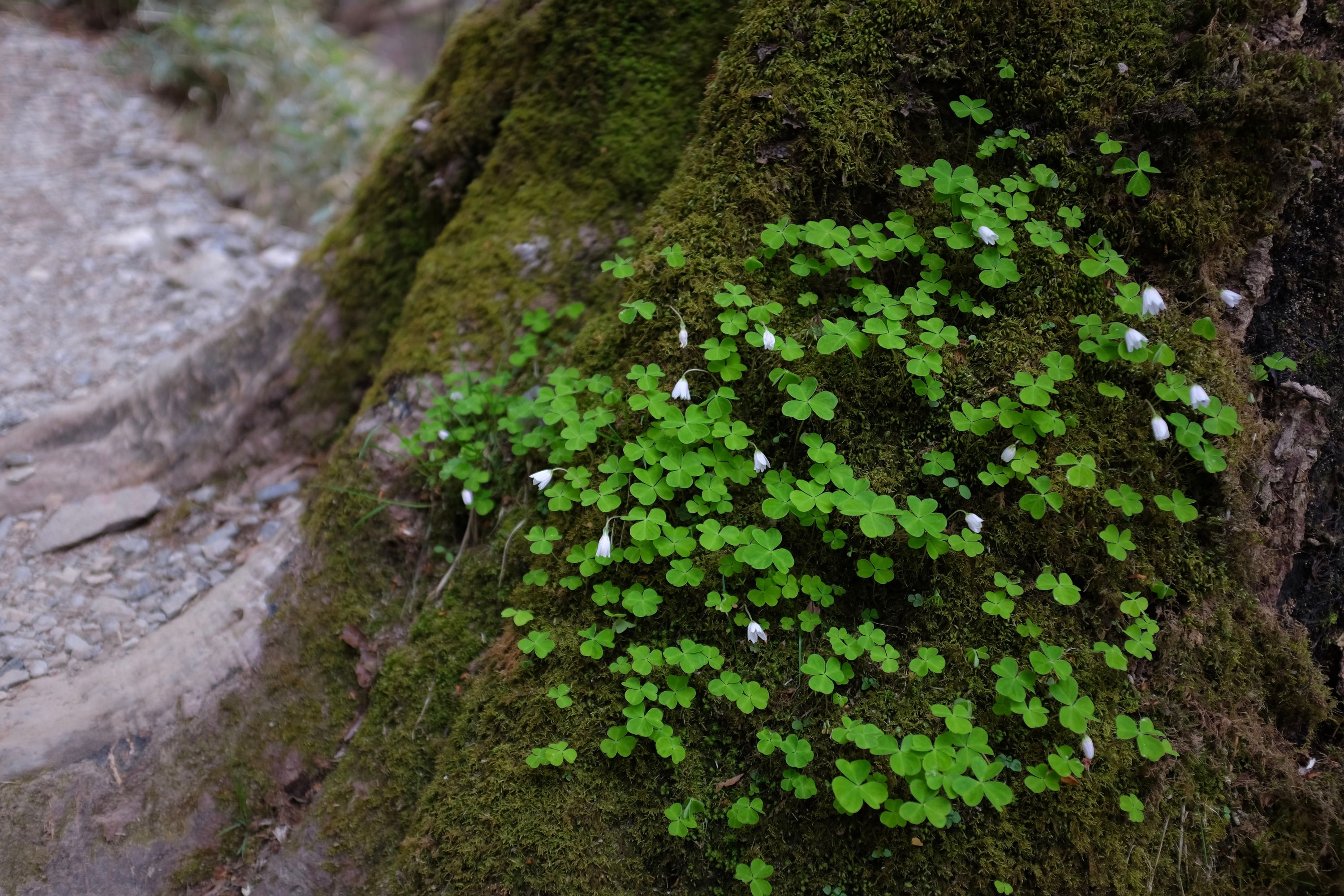
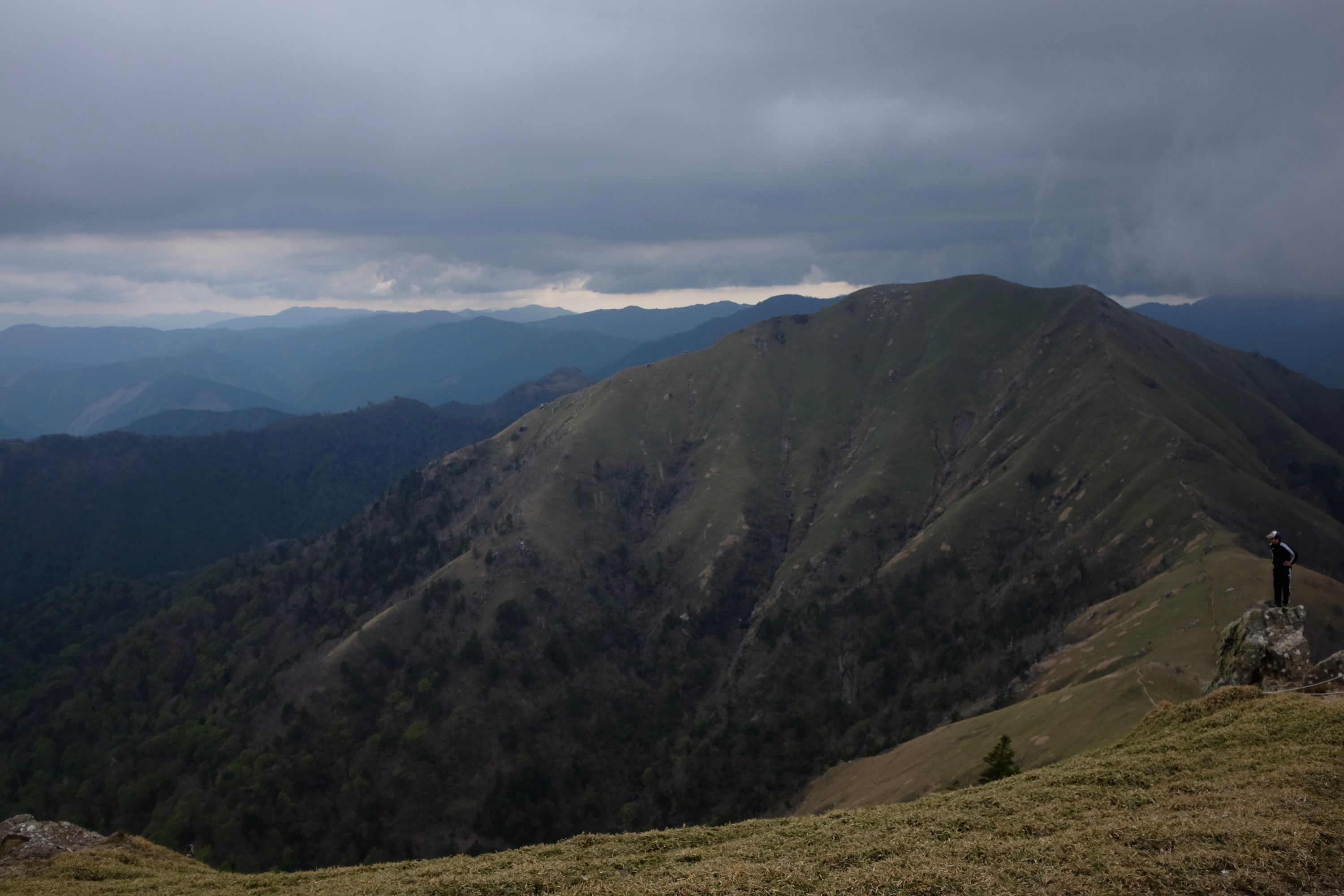
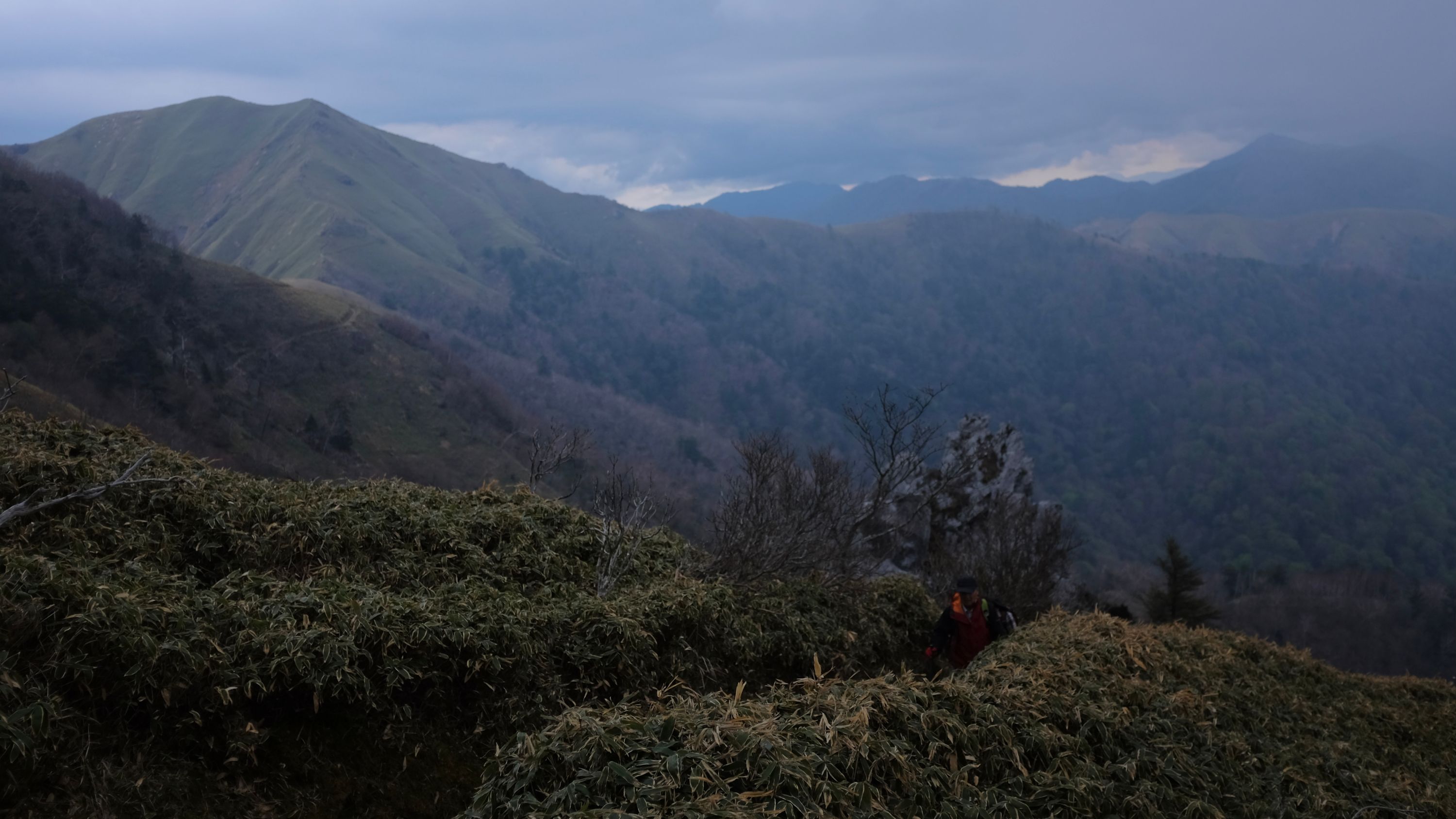
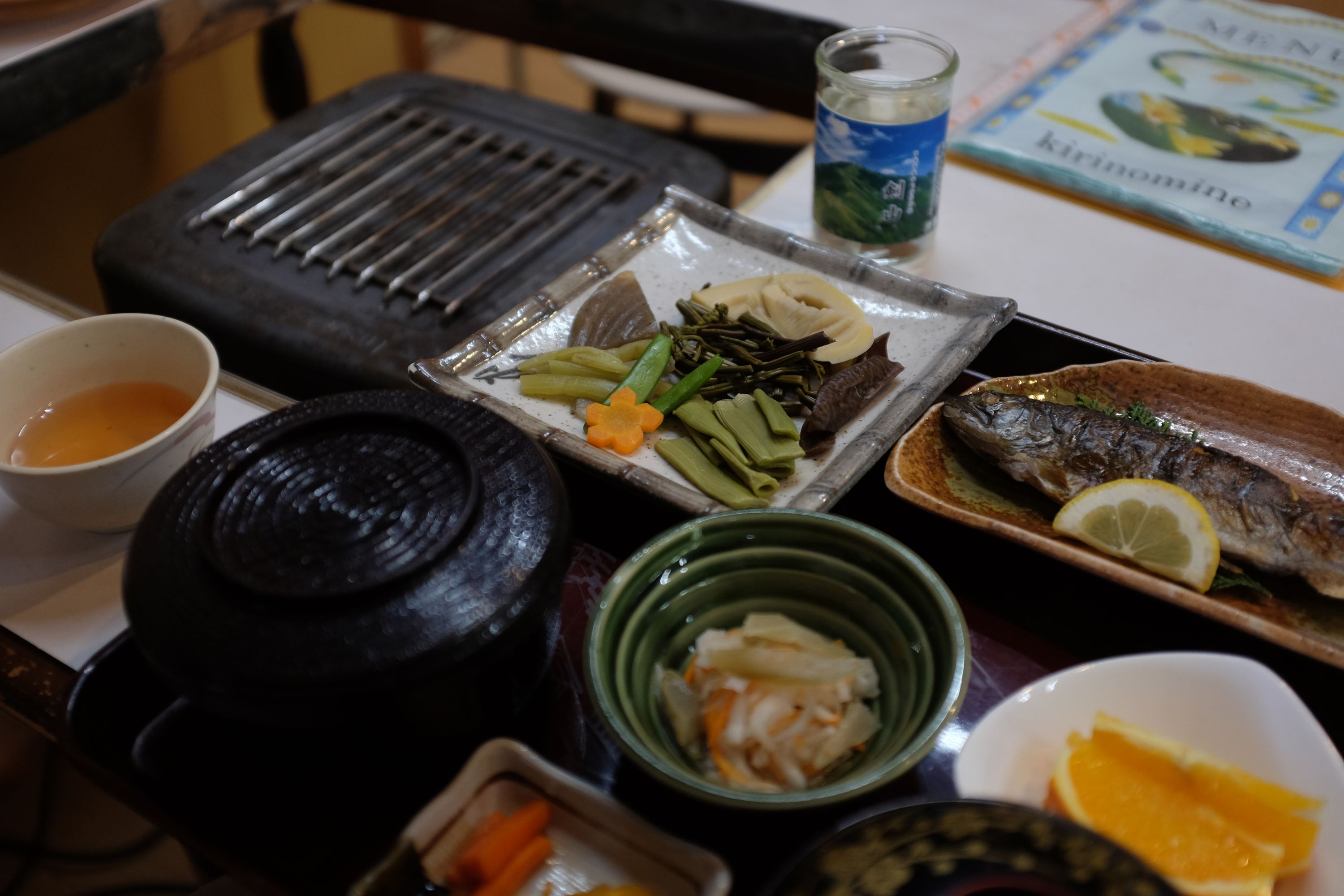
A grilled trout, a hot stove, mountain vegetables, a cup of warm sake, fresh oranges: just what the doctor ordered after walking down from the summit of Mount Tsurugi in the cold rain.
